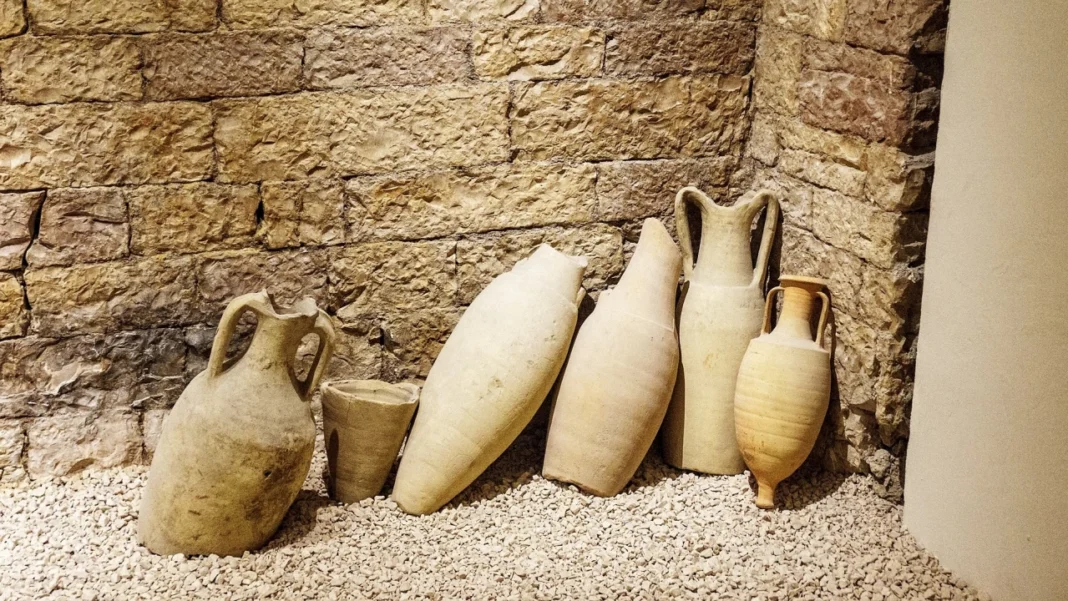Scientists from Italy and France examined the wall coverings of three amphorae in July and found that ancient Roman winemakers used local grapes and their flowers while importing resin and spices from other regions of Europe, the PlosOne electronic library reported.
Experts led by Donatella Magri of the Sapienza University of Rome have examined amphorae used to store red and white wines with mass spectrometry and paleobotanical data on the pollen and tissues of the wild Vitis grape and its flowers. Their goal was to find out how the ancient Romans produced wine and where they got raw materials from.
The characteristic shape of the grape pollen, as well as the chemical composition of the walls of the amphorae, testify to the fact that local wild or cultivated grapes were used for the production of wine. In addition, there are traces of resins and aromatic substances, which were probably imported by winemakers from Calabria or Sicily.
Scientists have studied three amphorae that were discovered a few years ago on the coast near the Italian village of San Felice Circeo, in the Lazio region. According to experts, the vessels fell to the bottom of the Tyrrhenian Sea after the wreck of one or more ships, and the amphorae were subsequently washed ashore
Photo: © Pixabay









